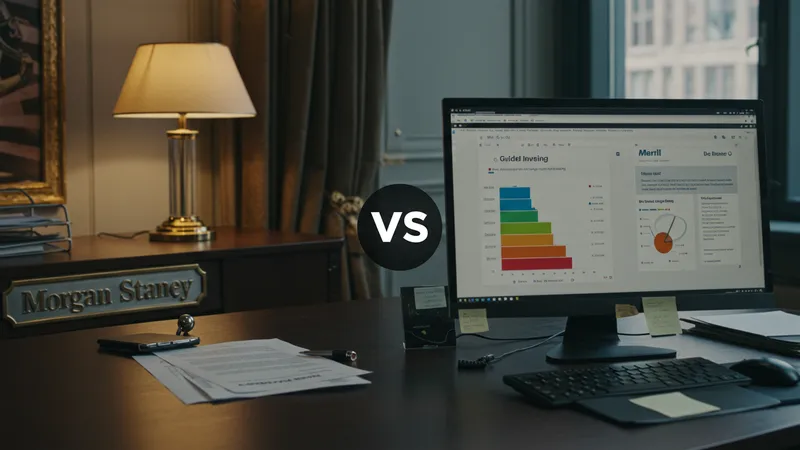
How Portfolio Management Services Structure Fees
Pricing Comparisons of Leading U.S. Portfolio Management Services
Morgan Stanley Portfolio Management typically commands premium pricing, reflecting its reputation and comprehensive service offerings. For private wealth management clients, average AUM fees of 1.5–2.5% per year can be expected, occasionally coupled with a performance fee if investment returns surpass certain thresholds. The brand’s prestige enables it to attract clients willing to pay more for hands-on expertise, deep research, and tailored solutions.

Merrill Guided Investing with Advisor takes a slightly different route with its fee structure. By employing tiered AUM fees starting at approximately 1.35% and decreasing for higher asset brackets, Merrill aims to retain clients as their investments grow. This model appeals to individuals starting with moderate balances, as costs become more competitive as portfolio size climbs. Clients appreciate the visibility of where they stand within the pricing tiers.
Fidelity Portfolio Advisory Services highlights accessibility through lower AUM fees—generally 0.50–1.50%—with a focus on transparency and advisory flexibility. Though it does not use performance fees, Fidelity’s flat percentage is attractive to those seeking advice from a well-established institution. For investors prioritizing cost efficiency, especially at lower portfolio thresholds, Fidelity’s model may prove appealing.
When comparing these three, U.S. investors must evaluate not just absolute fee rates but supplemental features, minimum account size requirements, and included research or support services. Each provider’s fee schedule reflects its unique strengths, so thorough research is key to finding the optimal fit.